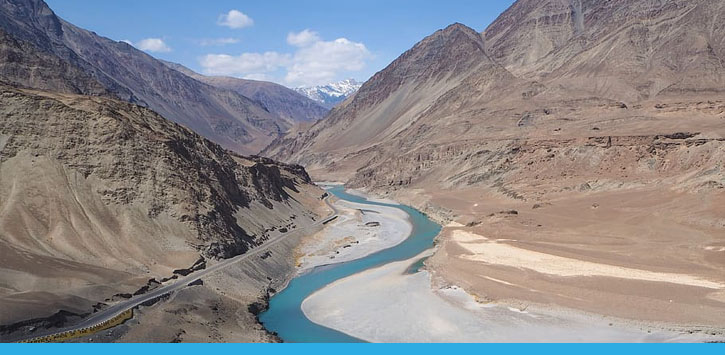Did you know that the Indus Valley Civilization was thought to have the first dentist? They also credited for making buttons and stairwells! They have a history that goes back centuries; they were a very powerful civilization. Let’s learn more about this awesome civilization and its history!
The Indus River Valley in 2600 BC lived in two groups: The Harappa and the Mohenjo-Daro. They are believed to have arrived there around 2500 BC. In 2020, an estimated 235 million live in what is now modern-day Pakistan. The Punjabi take up 45% of the population.
Religion played an important role in many lives in 2600 BC. Most were polytheistic, which means they believed and worshipped many gods. Bulls and buffalo were considered to be very holy. Today, religion still plays a key part in Pakistan. Around 96% of the population is Muslim. Islam is a monotheistic religion, meaning they believe in one God.
4800 years ago, most people were farmers, although some had other jobs like artisans. Different cultures brought new ideas. One of those ideas was the Caste System, which grouped people by their jobs. However, the Caste system isn’t in service anymore. Pakistan today is a poor country, about 35% live below the poverty line.
This country has changed a lot but has stayed the same in many ways. The Himalaya mountain range is still the protector of Pakistan, and home to the tallest mountain in the world. The people are still there, the country has evolved significantly. The Indus River Valley population was ahead of their time, even in 2600 BC. They had even built sewers and they were very organized, down to the last brick. Today, some cities still live among the river, but most are spread out among the major cities. Monsoons are a significant weather pattern for the area. There are winds that can be hot and dry, or moist and cool. Currently, Pakistan is the 5th biggest country in the world. This commonwealth is an amazing society and has an astonishing past.
Source: FLVS M/J World History Course
This is Pakistan in 2020 CE
Indus Valley civilization in 2600 BCE


Great article Sophie! I learned a lot! 🙂